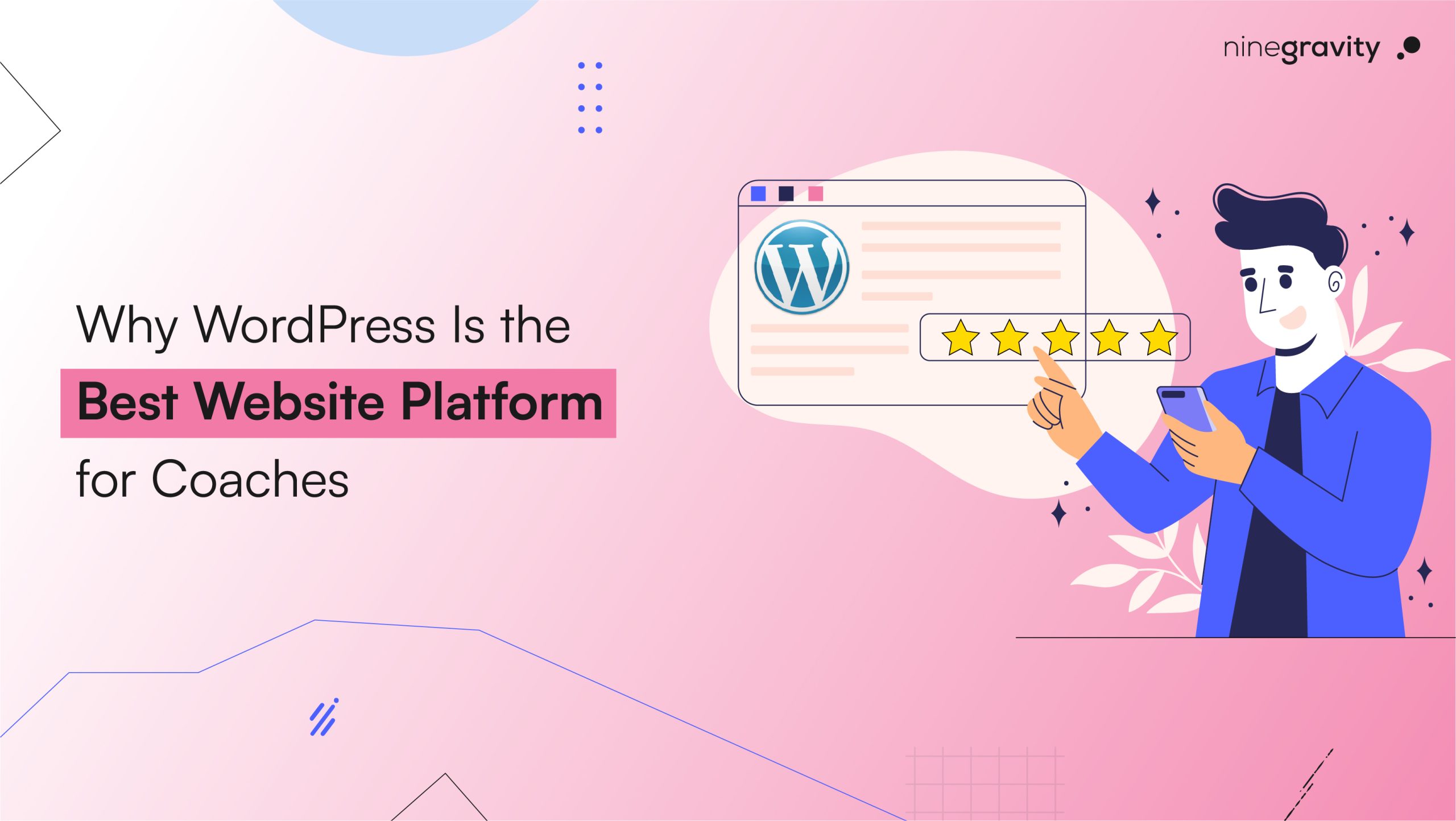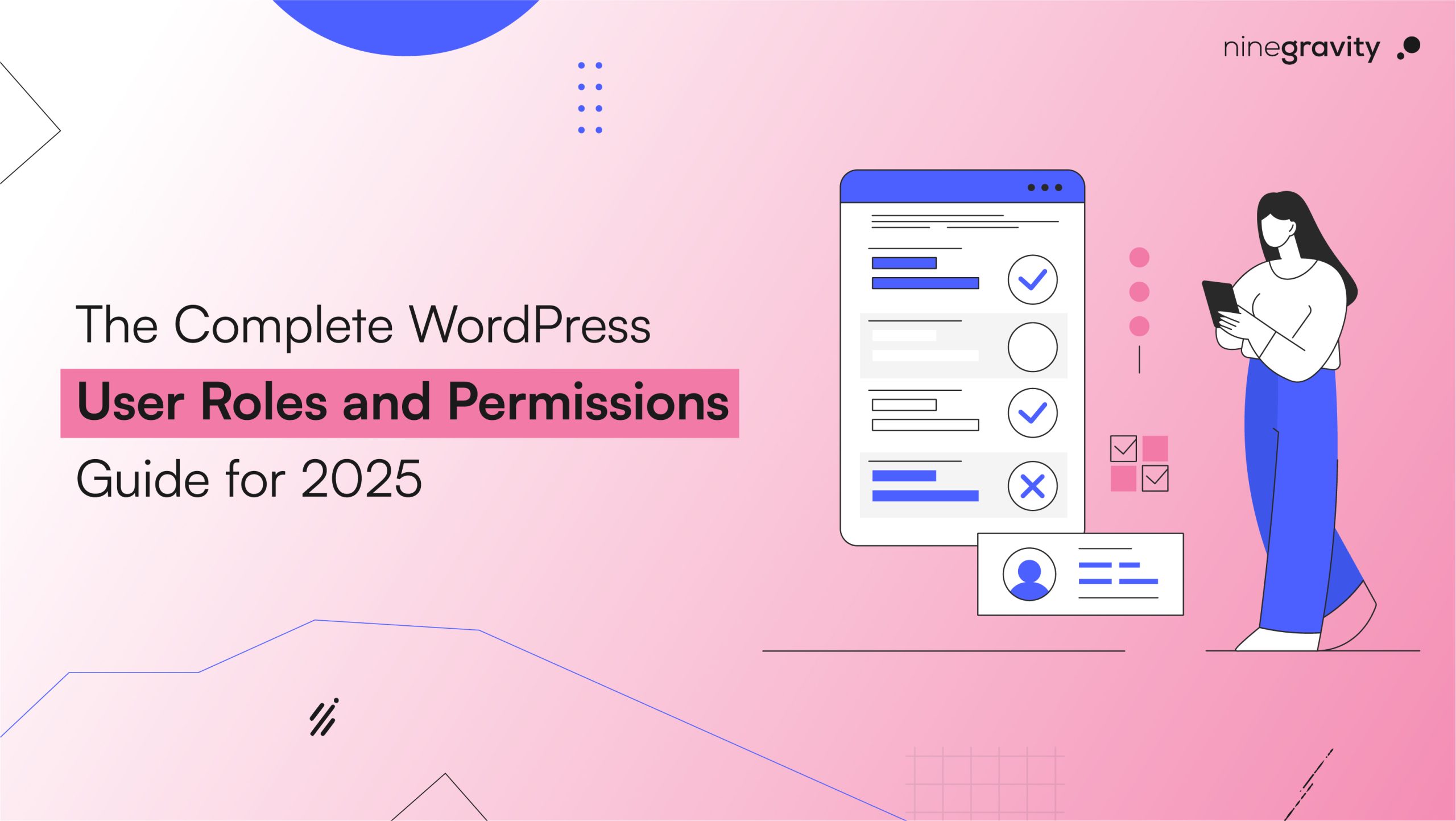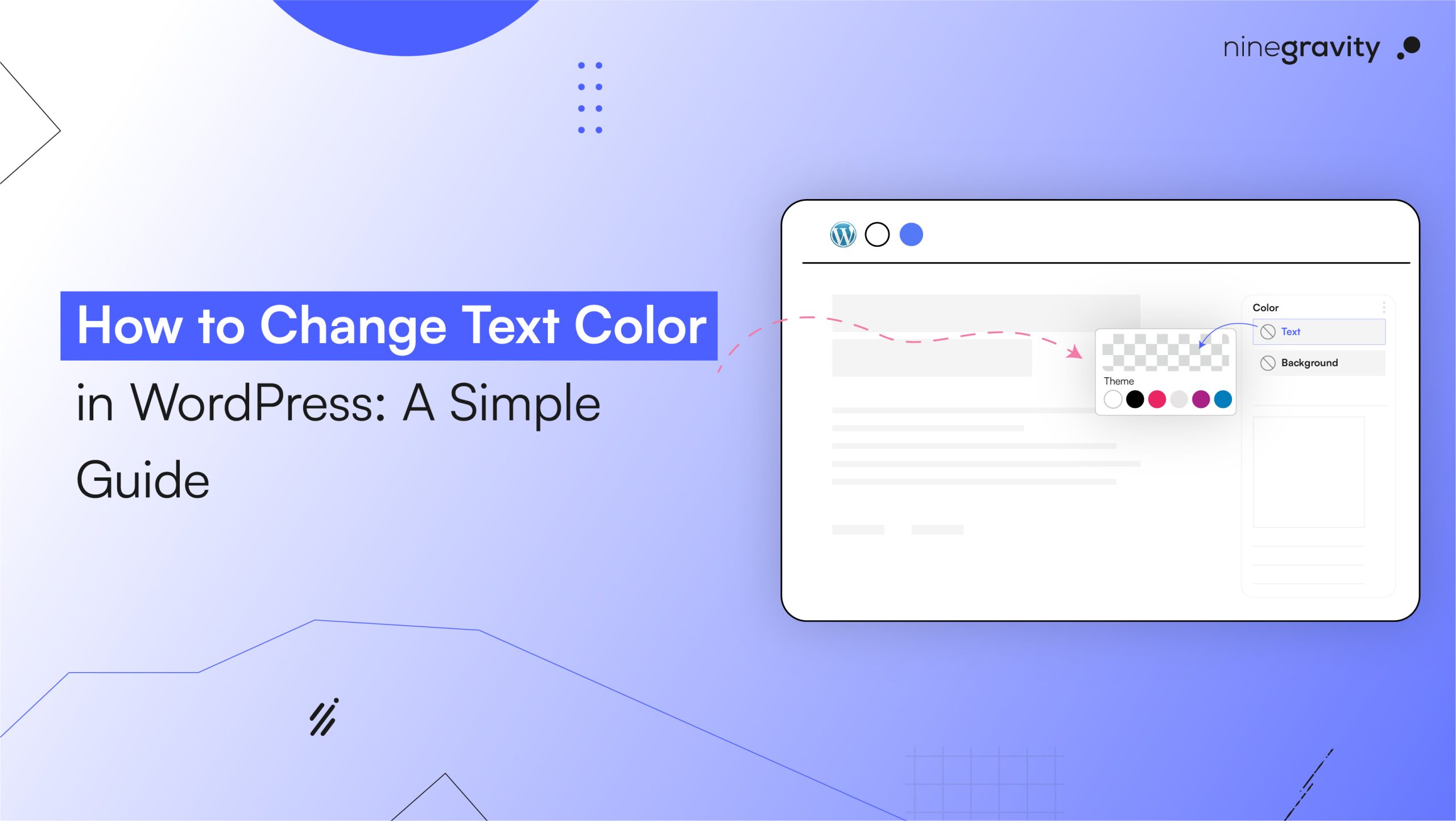Table of Contents
Introduction
Let’s discover the realm of creating captivating websites with WordPress! This article will walk you through transforming your concepts into visually stunning realities. We’ll cover everything from initial setup and customization to optimizing performance and ensuring security. Get ready to craft an online presence that captivates your audience and fulfills your objectives. Let’s begin this exciting adventure together!
Understanding the Basics of WordPress
WordPress, a popular open-source content management system, is the foundation of modern website development. Its user-friendly interface, extensive theme library, and versatile plugins make it the top choice for creating and managing digital content. In this section, we’ll explore the critical components of WordPress and its advantages, helping you make an informed decision for your website. Let’s dive into WordPress and unleash its potential for creating stunning websites.
Setting Up WordPress for Your Website
To get started with your stunning website on WordPress, follow these essential steps:
- Choose a Reliable Hosting Provider: Look for good server resources, support, and uptime.
- Register a Relevant Domain Name: Choose a memorable and reflective address for your website.
- Install WordPress: Many hosts offer one-click installation for a hassle-free setup.
- Access Your Dashboard: Manage content, design, and functionality from your WordPress dashboard.
- Select a Theme: Find a suitable theme that aligns with your website’s purpose and appeals to your audience.
With these steps completed, your fully functional WordPress website is ready for customization. Next, define your website’s concept and goals to create an engaging online presence.
Defining Your Website’s Concept and Goals
A successful website begins with a clear concept and well-defined goals. Before diving into design and content creation, take the time to lay the foundation for your website’s purpose and target audience. This step is crucial as it will guide all your decisions throughout the website-building process.
- Purpose: Clarify the primary goal of your website, such as selling products, showcasing work, or sharing expertise.
- Target Audience: Understand your visitors’ demographics, interests, and needs to tailor your content and design accordingly.
- Sitemap: Create a visual diagram outlining the website’s structure for an intuitive user experience.
- Measurable Goals: Set specific and time-bound objectives, like increasing traffic or sales, to track your website’s success.
- Compelling CTAs: Strategically place calls to action to encourage user engagement and conversions.
- Branding Consistency: Ensure your website aligns with your brand’s identity for better recognition.
Customizing Your Website’s Design
One of the most exciting aspects of building a website with WordPress is the ability to customize its design to match your unique vision and branding. A visually appealing and user-friendly design enhances the overall user experience, captures visitors’ attention, and leaves a lasting impression.
- Choose a theme that suits your website’s purpose and is responsive to different devices.
- Personalize colors and fonts to match your brand’s identity.
- Create an engaging homepage with captivating visuals and clear CTAs.
- Design an intuitive navigation menu for easy browsing.
- Customize layouts and widgets to showcase content creatively.
- Ensure mobile responsiveness for a seamless user experience.
- Use multimedia elements to enhance your content.
- Consider A/B testing to optimize design elements.
Customizing your website’s design creates a visually appealing and user-friendly platform that reflects your brand’s uniqueness. Now, let’s move to
Adding Essential Plugins and Functionality
WordPress’s true power lies in its vast plugin ecosystem, which allows you to extend the functionality of your website effortlessly. Plugins are pre-built pieces of code that add specific features and capabilities to your website, enhancing its performance, security, and user experience. Here are some essential plugins that can take your website to the next level:
- Security Plugins: Protect your website with features like a firewall and malware scanning.
- SEO Plugins: Improve search engine visibility by optimizing content and meta tags.
- Performance Optimization Plugins: Boost speed with caching and image compression.
- Contact Form Plugins: Enable accessible communication with visitors through customizable forms.
- Social Media Integration Plugins: Integrate social platforms for wider online reach.
- Analytics Plugins: Track website performance and user behavior for insights.
- Email Marketing Plugins: Manage email lists and send newsletters to subscribers.
- E-commerce Plugins: Build and manage online stores with product catalogs and secure payment gateways.
By adding essential plugins, your website will gain enhanced functionality and user experience. Stay efficient by updating plugins regularly and avoiding unnecessary ones. In the next section, we’ll focus on creating engaging content that captivates your audience.
Creating Engaging Content
Compelling content is vital for a successful website. Tailor your content to your audience’s interests and preferences. Use catchy headlines and storytelling techniques to connect emotionally. Visuals enhance content and make it more engaging. Keep language clear and concise for readability. Include effective CTAs to encourage action. Authenticity builds trust and loyalty. Provide valuable and informative content. Encourage interaction with your audience. Regularly update content to stay relevant. You’ll establish your website as a trusted authority and cultivate an engaged audience by crafting compelling content.
Next, we’ll focus on optimizing website performance for a seamless user experience.
Optimizing Website Performance
A fast and responsive website is crucial for retaining visitors and improving user experience. Slow-loading pages can lead to high bounce rates and negatively impact search engine rankings. To ensure your website performs at its best, follow these essential optimization tips:
- Image Optimization: Compress images for faster loading.
- Caching: Store static resources to reduce server requests.
- Content Delivery Network (CDN): Deliver content faster worldwide.
- Minimize HTTP Requests: Reduce elements on each page.
- Enable GZIP Compression: Reduce file size for quicker loading.
- Optimize CSS and JavaScript: Minify files for faster rendering.
- Reduce Server Response Time: Optimize server performance.
- Choose a Fast Hosting Provider: Select a reliable hosting service.
- Implement Lazy Loading: Load content as users scroll down.
- Regularly Update Software: Keep CMS and plugins up to date.
By optimizing website performance, you’ll create a smooth and efficient user experience, keeping visitors engaged and returning for more. Next, let’s focus on website security to safeguard your data and visitors’ information.
Ensuring Website Security
Website security is paramount to protect your data, maintain user trust, and prevent unauthorized access. Safeguarding your website from potential threats and vulnerabilities is essential. Here are vital measures to ensure your website’s security:
- Update Software Regularly: Patch security vulnerabilities by keeping CMS, themes, and plugins up to date.
- Use Strong Passwords: Create unique and robust passwords for all accounts.
- Enable Two-Factor Authentication (2FA): Add an extra layer of security for user verification.
- Install SSL Certificate: Encrypt data transmission between the website and users.
- Implement Web Application Firewall (WAF): Block malicious traffic and protect against cyber threats.
- Regular Backups: Create and store data backups for quick recovery.
- Limit User Access: Grant minimal access privileges to users and admins.
- Monitor Website Activity: Track and log website activity to detect suspicious behavior.
- Protect Against Brute Force Attacks: Set login attempt limits and add CAPTCHA challenges.
- Stay Informed: Stay updated on security best practices and emerging threats.
Ensuring website security protects your data and user trust, preventing unauthorized access. Next, let’s focus on testing and launching your website to ensure it functions flawlessly. Let’s prepare your website for a successful launch and ongoing success.
Testing and Launching Your Website
Before making your website live, thorough testing is crucial to identify and fix potential issues. A smooth and error-free launch ensures visitors have a positive experience. Here are the essential steps to test and launch your website successfully:
- Cross-Browser and Mobile Testing: Ensure compatibility on various browsers and devices.
- Check Links, Forms, and Content: Verify functionality, accuracy, and proofread content.
- Optimize Page Load Speed: Improve website speed for a better user experience.
- Security Check: Scan for vulnerabilities and malware.
- Backup Before Launch: Have a restore point for safety.
- Test on Staging Site: Launch on a staging environment for further testing.
- Announce Launch: Share the launch on social media and newsletters.
- Monitor and Improve: Continuously monitor performance and user feedback for enhancements.
By thoroughly testing and smoothly launching your website, you’ll make a lasting impact on your audience and achieve your online goals.
Conclusion
In conclusion, creating stunning websites with WordPress offers endless possibilities for individuals and businesses alike. Each step is essential to a successful online presence, from defining your concept and goals to optimizing performance and ensuring security. By crafting engaging content and continuously improving your website, you can captivate your audience and stand out in the digital landscape. Embrace the power of WordPress, and let your imagination and creativity flourish to create an impactful and memorable online experience for your visitors. Start your journey now and unlock the true potential of WordPress for your website’s success.



